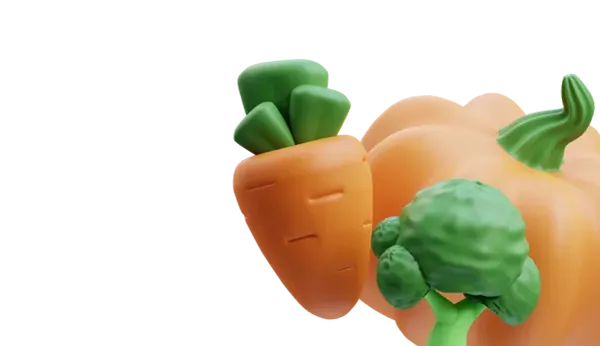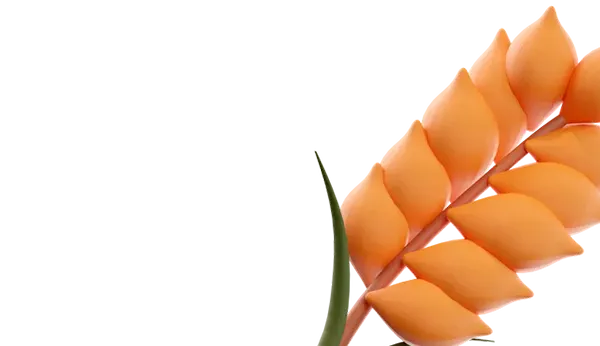Harvesting of winter crops in the Dovolensky district of the Novosibirsk region is almost complete. At the moment, only 75% of the total sown area of 1354 hectares has been threshed. Farmers are getting only 20 centners of grain per hectare instead of the planned 40 centners. They blame the Gorsayt field infrastructure for these problems.
In the Dovolensky district of the Novosibirsk region, the harvesting of winter crops on 1354 hectares of land is coming to an end. Last year, farmers sowed only 250 hectares of wheat and 1104 hectares of rye, which is significantly less than in previous years when they occupied up to 3000 hectares. Due to drought in the soil and weather conditions, many farmers decided not to risk and not to sow on dry land.
Currently, only the Dovolensky Agricultural College and five farmers, including Peter Gusha from the village of Komarye, are engaged in winter crops, with Peter Gusha being the only farmer who sows winter wheat. He plans to increase his sown areas under this crop in the future.
Farmer's Winter Crops
22 years ago, Peter Gusha started working on his farm in the Komaryevsky village council. He already had experience in agriculture, as he previously worked in a local state farm. When serious problems arose in the state farm, he decided to start his own business. Initially, he worked with only 116 hectares of land, but now he has almost 3500 hectares.
He had experience and knew that he should focus on winter crops. He sowed rye and wheat, but eventually left only the latter. Currently, he is cultivating 250 hectares of winter wheat.
"Many talk about the risky agriculture zone. The weather changes every year. I think that in such conditions, winter wheat will give something compared to spring wheat. The only problem is that there are hardly any suitable varieties. This year, I found a suitable variety in the Krasnodar region that is well suited for Siberian conditions, and I plan to sow it," explained Peter Gusha to Gorsayt.
No Fear of Risks
Last fall, he sowed his non-elite winter wheat seeds with fertilizers. He took the risk because the soil was abnormally dry after the drought, but thanks to the rains at the end of August and September, he had good seedlings. They successfully survived the winter. May and early July were favorable for the plants. In June-July, when the grain was ripening, a dry spell set in but, due to the accumulated moisture in the soil, the crop survived this period.
"This year, my crops were attacked by diseases - fusarium, septoria, rust. I had to use a lot of chemicals, such as fungicides and herbicides. We noticed this in time and applied the remedies. We cooperate with several companies, and agronomists visit my fields once a week. We noticed this in time, treated it, and saved the crop," noted the farmer.
Expectations Unmet
This year did not meet the farmer's expectations: he planned to harvest 40 centners of grain per hectare, but the weather did not allow it to happen. Initially, he harvested 30 centners of grain per hectare, but then the yield started to decrease. The farmer believes this is due to the difficult agronomic conditions of the previous year.
The farmer managed to sell the harvested winter wheat crop at a good price. He noted that if he were to actively start harvesting spring wheat, the price would drop by 2-3 thousand (grain units) per tonne. Currently, two of his combines are harvesting spring crops. He first harvests wheat, then barley, oats, and peas.
"I think this year's harvest will be very difficult. The straw is dense and tall due to sufficient moisture, so it's hard for my combines to work. The crops in the field look good, but I think I will harvest only half of what I usually do. I haven't checked the grain yet, but it's whole and good, but lightweight," said the farmer from the Komaryevsky village council.
Initial Winter Harvest Results
The first calculations of the winter crop harvesting campaign in the Dovolensky district are being made. The wheat yield is 24 centners per hectare, and rye is 17.8 centners. As of August 16, 837 hectares of land have been harvested out of the planned 1354 hectares, which represents 75% of the overall plan. Farmers are only getting 20 centners of grain per hectare instead of the planned 40 centners.
"This is, of course, a bit low. For example, on the test site, we achieved 40 centners of grain per hectare. Winter crops are a priority for farmers. They specialize in winter crops at the Dovolensky Agricultural College. Large farms hesitate to sow in the autumn. At this time of year, there is a lot of work in the fields, and teams are busy with harvesting," commented agronomist and head of the agricultural department of the Dovolensky district, Georgy Furdilov.
He noted that the area sown with winter crops has halved from 3000 hectares to 1350 hectares compared to the previous year. And it is understandable to agrarians: every year nature tests them for strength and loyalty to their cause, and unpredictable weather conditions do not always allow applying the existing agronomic experience.
"This season, the main heat was in June, the air warmed up to +35 degrees Celsius in July. A sufficient amount of soil moisture helped us, but a lack of moisture in the 1-meter soil layer was noted on August 28 in the Dovolensky district. This may slightly affect spring crops, some of which have already ripened," explained the agronomist.
Combines "Akros" and "Polesye" in Action
Currently, two combines - "Akros" and "Polesye" - are working in the farmers' fields. One of them has been used for 10 years, and the other is even older. They decided not to use a third old combine this year. Each combine's efficiency covers more than 1000 hectares of land. They are saved by the fact that in early August, they harvest winter crops and then switch to spring ones. "This year I have two new 'Kirovets' combines and auxiliary machines for them. Initially, I was planning to lease a new combine, but I didn't dare to take the risk. I certainly need a third combine

 Trading platform
Trading platform 
 Monitoring
Monitoring  Express applications
Express applications 
 Fork Work
Fork Work 
 Service
Service  News
News  Directory
Directory 













